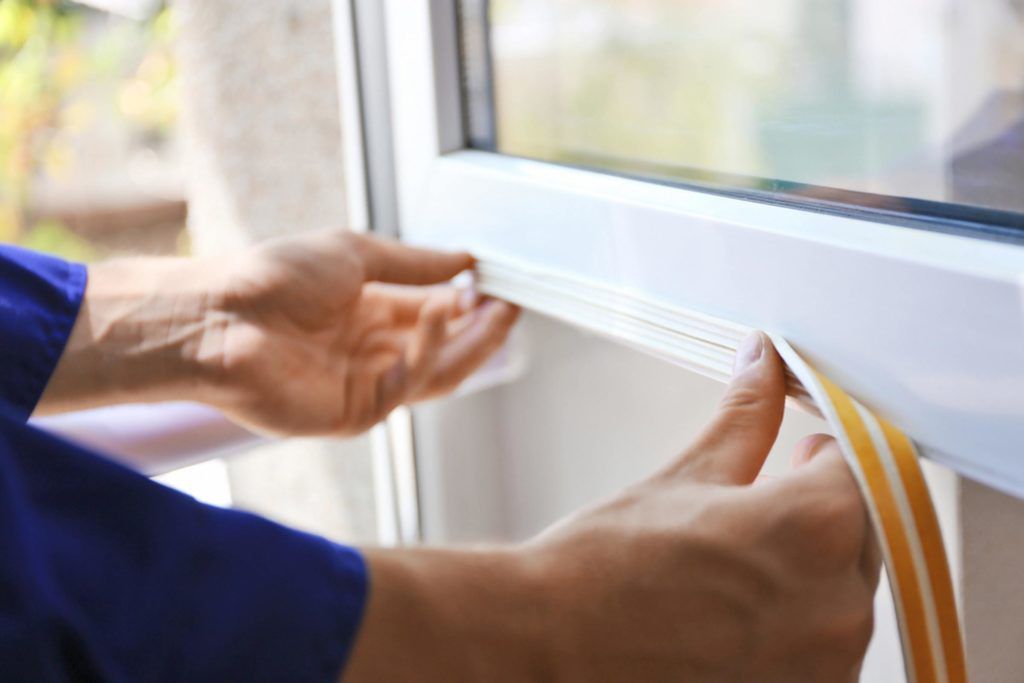
This article was originally published by Elizabeth Manneh in Reader's Digest.
Feeling hot, hot, hot? These cool top tips from an expert could make you feel more comfortable.
Three tips to save a ton of $$

As the mercury climbs this summer, it's tempting to dial up the air-conditioning to stay feeling cool. Wait: First, make sure you're doing everything you can to keep yourself from overheating. Then, step away from the A/C, advises Julio Daniel Hernandez, CEO of EnLight.Energy: Your energy costs could then increase by over 300 percent. "AC is a huge sucker of energy," he says. Americans typically spend between 40 percent and 60 percent of their income on utility bills, so cutting down the A/C can only help. Hernandez believes there are three main factors to consider when trying to keep your home cool without using A/C: ventilation, internal heat sources, and keeping the hot air out.
Seal little gaps

A tight seal around doors and windows prevents cool air from leaking out and hot air from seeping in. "Those tiny places where hot air can sneak in can make a big difference," says Hernandez. And surprisingly, your light fixtures can also be a culprit, so check yours for any small gaps. And flip them off when not in use—they can put out a surprising amount of heat.
Use fans smartly

"I'm a great fan of fans," quips Hernandez, but using them smartly is the key to efficiency. Setting up a 'chain' of free-standing fans to draw cool air in, and pump hot air directly out of the window, is very effective. And make full use of exhaust fans to siphon hot air from kitchens and bathrooms.
Ceiling fans don't actually lower the temperature but provide a cooling breeze helping us to feel more comfortable. Set yours to run counter-clockwise for maximum effect, and check out these other tips to beat the heat.
Attic fans are also a great secret weapon. "You're looking at 140 degrees F there in the summer time," explained Hernandez. " So if this air is stuck there, not being properly ventilated, then all that temperature just serves to warm everything else that's under it."
Reduce internal heat sources

It's surprising how much heat is generated by appliances in the home. Hernandez recommends getting a thermal imaging device from the hardware store to see where most heat is coming from.
And don't forget your light bulbs! According to Hernandez, old incandescent bulbs convert around 90 percent of electricity into heat, while LED bulbs run much cooler. Although they're a little pricier, their longer life will outweigh the initial cost, and you'll also be reducing your fire risk.
Cooking outside, rather than ramping up heat levels from your stove, is another helpful hack. Hosting the perfect backyard party will save on A/C use too.
Keep the heat outside

Windows account for around half of the heat entering the home, so protect yours against glare from the sun. Plant trees and bushes to shade windows, and use blinds or shades to repel the sun's rays.
Tinted or low-E windows can reflect back up to 60 percent of the sun's heat, and filter up to 99 percent of UV rays. But if that's too costly, fit window film instead, for a similar effect at a fraction of the cost.
Once again, don't neglect your attic. As Hernandez pointed out: "Insulation acts like a sponge. It slows down the heat transfer and will absorb some of it. If you have good insulation, it will prevent some of the heat from making its way down."
Multi-layered insulation reflects around 97 percent of radiant heat. As Hernandez put it: "That means a 97 percent of heat never makes it into your home to begin with. In the really hot summer days, that makes a huge difference."




